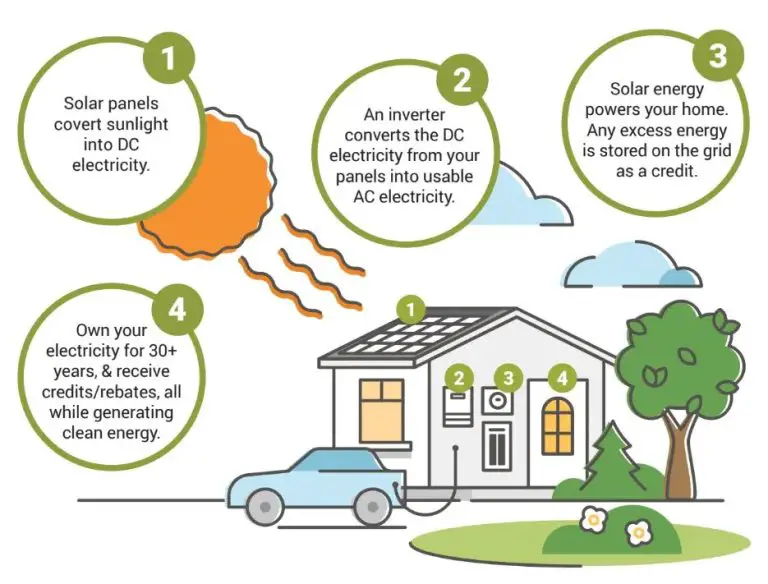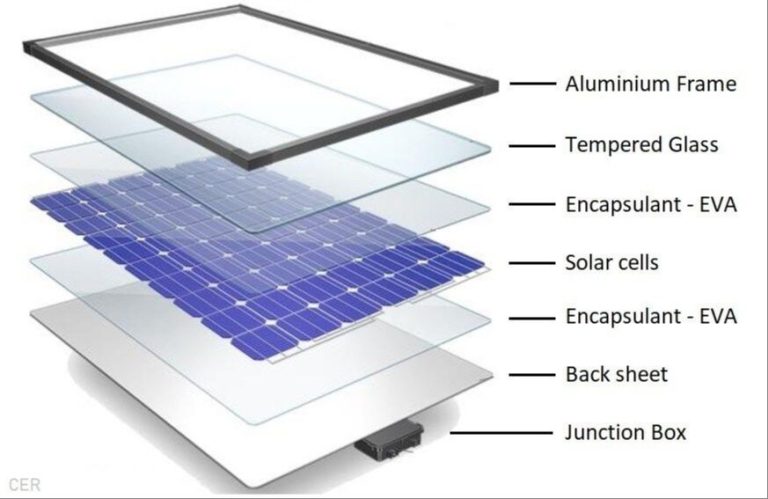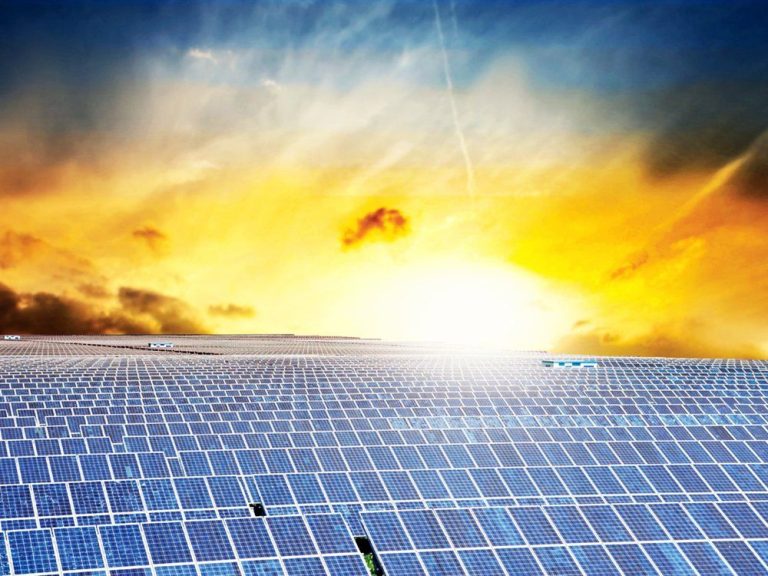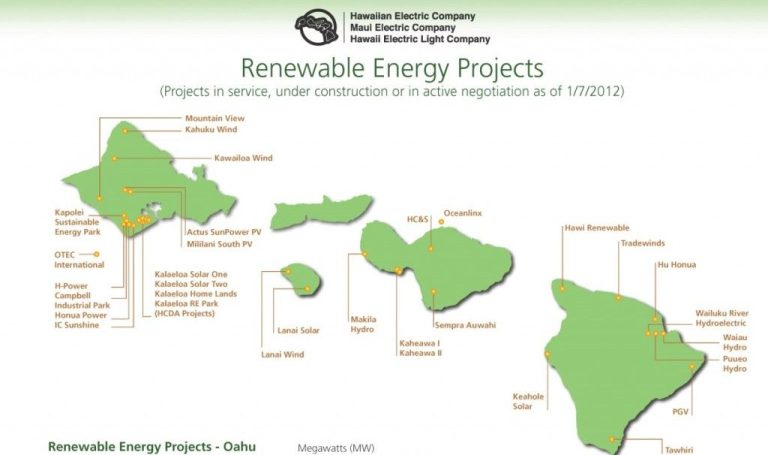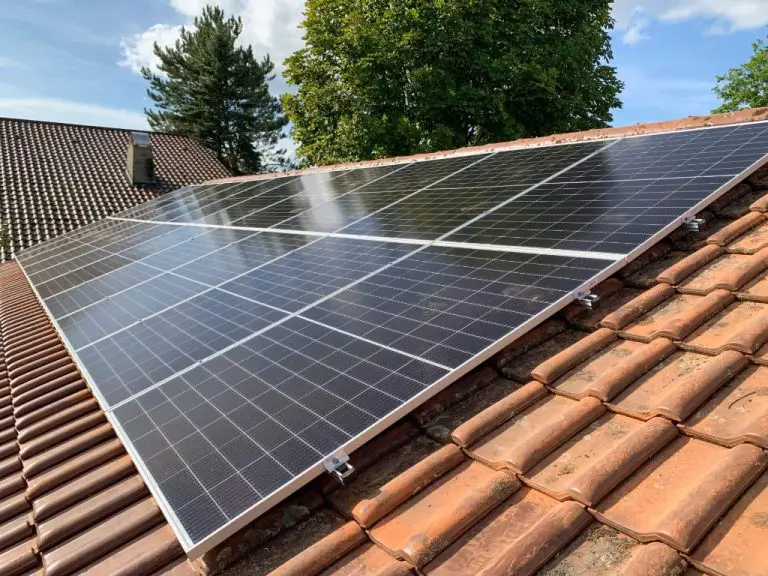What Is Solar Power Definition For Kids?
What is Solar Power?
Solar power is a form of energy that comes directly from the sun. Solar power is called a renewable energy source because the sun’s light will continue to shine for billions of years. People have been harnessing energy from the sun for thousands of years. For example, ancient cultures like the Greeks and Native Americans used the sun’s heat to start fires. Today, we have technology like solar panels that convert sunlight into electricity.
Solar panels are made up of solar cells, which absorb the photons in sunlight and convert them into electrons. This generates a flow of electricity. Solar panels can be installed on rooftops or ground-mounted structures and connected to the electrical grid. The energy they produce can power homes, schools, businesses, and more. Solar power is clean and renewable, and it reduces reliance on fossil fuels like coal and natural gas.
How Does Solar Power Work?
Solar panels convert sunlight into electricity using photovoltaic (PV) cells made of silicon. When sunlight hits the solar panels, photons (light particles) strike the silicon cells and knock electrons loose, allowing them to flow freely. Special materials inside the PV cells pull these free electrons in one direction, creating an electrical current. This electricity flows from the solar panels into an inverter, which converts the direct current (DC) into alternating current (AC) that can be used to power things in your home.
![]()
The PV cells are wired together into solar modules, which are mounted together in solar arrays. The larger the array, the more electricity it can generate. A residential solar array is typically mounted on a roof, while large utility-scale solar farms can cover many acres of land with row upon row of solar panels.
So in summary, when the photons in sunlight knock electrons free in silicon PV cells, it generates usable electric current. This DC current is converted by an inverter into AC current that flows into the electrical panel of a home, business, or the utility grid.
Examples of Solar Power
Solar energy can be captured in many different ways. Here are some of the most common examples:
Solar panels on rooftops – A very popular way to harness solar power is by installing solar photovoltaic (PV) panels on the roofs of homes and buildings. The panels contain cells made from materials like silicon that convert sunlight into electricity.
Large solar farms – Groups of solar panels can be installed together over a large area to form a solar farm or solar power plant. These generate electricity that flows into the grid to provide power to entire communities.
Solar powered devices – Smaller devices like calculators, phone chargers and lanterns can also be powered directly by built-in solar cells. Solar energy can be used to provide electricity for anything from a tiny gadget to an entire city!
Advantages of Solar Power
Solar power has several important advantages, especially for kids and future generations.
First, solar energy is a renewable resource. Unlike fossil fuels such as oil and coal, which take millions of years to form underground and are in limited supply, the sun provides a virtually unlimited source of energy. Solar panels can convert sunlight into electricity without depleting the sun’s resources.
Second, solar power reduces our reliance on fossil fuels. Burning fossil fuels to generate electricity releases large amounts of carbon dioxide and other greenhouse gases, contributing to climate change. Solar power allows kids to light their homes and charge their devices without generating planet-warming emissions.
Finally, solar energy has a much lower environmental impact than traditional energy sources. Fossil fuel extraction and transportation can destroy habitats, pollute the air and water, and harm wildlife. In contrast, solar power systems have minimal effects on the environment once installed. Overall, solar energy is cleaner, greener and more sustainable than our current energy mix.
Disadvantages of Solar Power
Solar power has some downsides that are important to be aware of. Here are the main disadvantages of using solar power:
Doesn’t work at night – Solar panels need sunlight to generate electricity. At night and on very cloudy days, they will not produce any power. So you need to be connected to the electrical grid or have a battery storage system to supply power when the sun isn’t shining.
Dependent on sunny weather – Solar power generation goes down on rainy and cloudy days, since less sunlight reaches the solar panels. Areas with frequent storms and overcast skies will produce less solar power. Sunny, desert climates are ideal for solar.
Solar panels are expensive to install – While solar power can save money in the long run, installing a solar panel system has high upfront costs. This includes paying for the solar panels, inverters, wiring, permits and professional installation. These costs can range from $10,000 to $25,000.
Fun Facts About Solar
Here are some interesting and fun facts about solar power:
The amount of sunlight that hits the earth in one hour could provide enough energy to power the entire world for a year! The sun is an incredibly powerful energy source.
Solar panels only need about 6-8 hours of sun per day to work effectively. They can even produce some electricity on cloudy days.
The solar energy industry in the United States grew by over 40% from 2014 to 2015. Solar power is one of the fastest growing energy sources in the world.
Solar power works by converting energy from the sun into electricity through photovoltaic cells. These cells don’t need direct sunlight to work and can still produce energy on cloudy days.
The world’s largest solar power plant is the Tengger Desert Solar Park in China which has a capacity of 1,500 megawatts – enough to power over 1 million homes!
Solar power is almost 100% pollution-free. Generating electricity from the sun produces no greenhouse gases, toxic waste, or other pollutants.
The amount of solar energy that hits the Earth in one hour could meet the world’s energy demands for an entire year! The sun is by far the largest energy source available to us.
Germany produced so much solar power on one sunny day in May 2016 that electricity prices actually went negative! Supply of solar electricity exceeded demand in the country.
Solar power technology keeps improving – today’s solar panels are over 35% more efficient than panels installed just a few years ago. Efficiency improvements make solar more and more cost-effective.
The cost of solar power has dropped over 70% in the last 10 years. It’s now cheaper than coal and natural gas in over 30 countries.
Solar Power and the Environment
Solar power has a very low impact on the environment compared to other energy sources like coal or natural gas. Solar panels don’t produce any air or water pollution when they are generating electricity. Fossil fuels like coal release harmful gases and particulates when they are burned, which contributes to air pollution and health problems. Solar power helps reduce the amount of pollution and emissions that would otherwise be produced to make electricity.
Solar energy is also very sustainable. The fuel for solar panels is sunlight, which will continue shining for billions of years! We won’t ever run out of the fuel for solar power. Fossil fuels are non-renewable, meaning they take millions of years to form, so we need to conserve them. Solar power allows us to reduce our dependence on limited resources like coal, natural gas, and oil.
Solar power could play an important role in fighting climate change. Solar panels don’t release any greenhouse gases that trap heat, unlike burning fossil fuels. Widespread use of solar energy would prevent tons of carbon dioxide emissions that are warming the planet. Utilizing the unlimited power of the sun helps create a more sustainable future.
The Future of Solar Power
Solar power is expected to keep growing and play an even bigger role in the future as new technologies are developed. Here are some predictions for the future of solar energy:
More homes, businesses, and communities are expected to switch to solar power as it becomes cheaper and more efficient. Many experts think that solar will provide over 20% of the world’s electricity by 2050.
New solar panel designs are being created that can capture more sunlight and convert it to electricity. Some new solar cells use perovskite crystals that are easier and cheaper to make than traditional silicon solar cells.
Solar power storage will improve with new battery technologies that can store solar energy for use when the sun isn’t shining. New types of batteries like lithium-ion are lasting longer and have become much less expensive.
Floating solar farms placed on bodies of water are being developed. These can provide clean power without taking up valuable land space.
Solar power satellites could one day collect energy from the sun in space and beam it down to Earth using lasers or microwaves. This could provide massive amounts of clean power in the future.
As solar technology keeps advancing and costs come down, solar is expected to play a major role in the world’s shift to clean renewable energy.
Solar Power in Your Life
Solar power isn’t just something happening far away – kids can experience it in their daily lives too! Here are some fun ways for kids to see solar power in action:
Solar-powered toys and gadgets are a great way to show how the sun’s energy can be captured and used. Mini solar-powered cars, boats, helicopters, and more let kids play while seeing solar in action. There are also solar powered lights, chargers, and radios.
Fun solar science kits help kids do hands-on solar projects and experiments. They can build their own solar ovens to cook food using the sun’s heat. Or they can create mini solar circuits to power small devices and learn how photovoltaic panels work.
Many schools and kids’ museums have solar panel installations that provide clean energy from the sun. Seeing these up close is a great way for kids to learn. Some facilities even have solar trackers or tiny solar-powered houses to tour.
In everyday life, kids may spot solar panels on street lights, road signs, parking meters, and more. Pointing out these examples shows how solar is being used in their communities. With parents’ permission, they can also look for solar panels on neighborhood rooftops.
With a range of hands-on solar toys and activities, kids can have fun while gaining first-hand experience with solar power technology.
Glossary of Solar Terms
Here are some important words about solar power and what they mean:
Solar Panel
A solar panel is a special device that collects energy from the sun and converts it into electricity.
Photovoltaic Cell
Photovoltaic cells are what make up a solar panel. They absorb the energy from sunlight and generate an electrical current.
Inverter
An inverter is a device that converts the electricity from DC (direct current) to AC (alternating current) so that solar electricity can power regular appliances.
Grid
The electrical grid is the interconnected network that delivers electricity to homes and businesses. Solar power can connect to the grid.
Net Metering
Net metering allows homes with solar panels to send excess electricity they generate back into the grid to reduce their utility bills.
Solar Array
A solar array is a system of multiple solar panels working together to generate electricity.
Photovoltaics
Photovoltaics refers to the technology of converting sunlight directly into electricity using solar cells.

